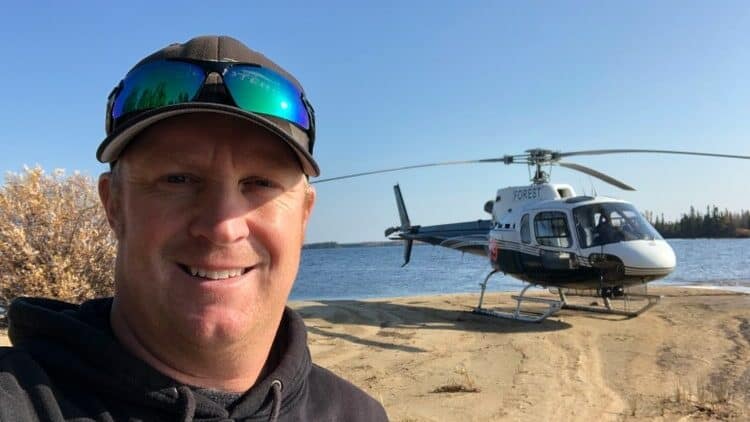
When I first became interested in becoming a helicopter pilot one of the things I wanted to know was how much do helicopter pilots make. I’ve heard the saying that if you want the money you go to the airlines, but if you want the joy of flying go to helicopters, so what exactly did that mean?
The average helicopter pilot’s salary ranges from around $80,000-$110,000 per year. Low-time pilots can expect to earn around $35/hour or around $20,000-$40,000 when starting. Experienced pilots with decades of experience and +10,000 hours of specialized flight hours can earn up to $150K-$175K per year.
I always get asked how much helicopter pilots make so I wanted to break down the industry into some of its most common sectors and study what the typical salary ranges are, what pilot certificates are needed, and what the typical minimum hour requirements are to be eligible for a position.
The data collected in this article is sourced from my extensive network of pilots within various sectors, current job postings from JSFirm, Rotorcraft Pro, and other pilot recruitment websites. The data provided in this article is a guide and each company may differ on the hourly requirements and compensation they provide.
I have focused on the low and high salaries of each job position to help give you some indication of what you can expect starting as that pilot.
Here are the 10 most common helicopter pilots’ jobs, hours, and salaries:
CFI/CFII – Flight Instructor
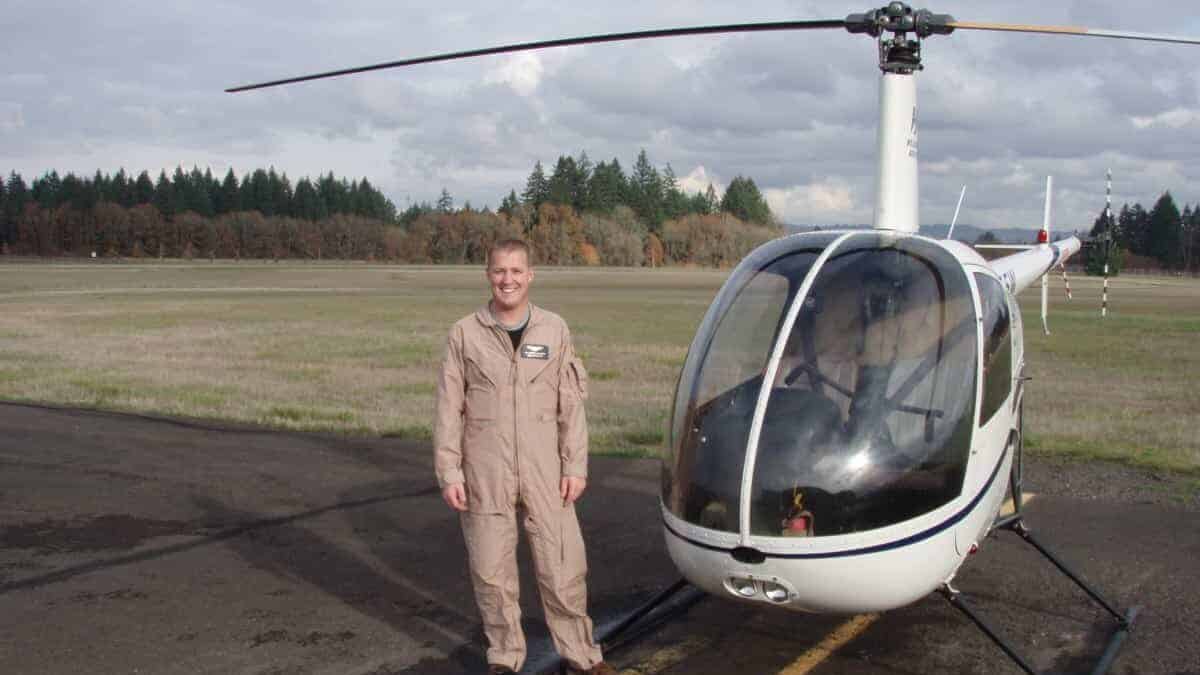
Low End:
Responsible for teaching new students how to become pilots, adding on additional certificates and ratings, or instructing ab-initio training to company line pilots during initial recruitment or annual recurrent training, or type renewals.
Minimum Hours:
200 Hours minimum is typically required for these positions
Certificates Required:
Commercial, CFI (Certified Flight Instructor), Instrument Rating, CFII (Certified Flight Instructor Instrument)
Pay:
$30-50/hour (Flight & Ground Instruction), or
Between $20,000-$40,000 Per Year Salary
Typical Aircraft Flown:
Robinson R22, R44, Schweizer 300CBi, Guimbal Cabri G2
High End:
Typically, instructing ab-initio training to company line pilots during initial recruitment or annual recurrent training, or type renewals. Will involve training in both the aircraft and simulators.
Minimum Hours:
5,000 – 10,000+ Hours. Experienced pilots cover the high-end of flight instruction
Certificates Required:
Commercial, CFI (Certified Flight Instructor), Instrument Rating, CFII (Certified Flight Instructor Instrument), Airline Transport Pilot (ATP-H)
Pay:
Between $80,000-$175,000
Typical Aircraft Flown:
Sikorsky S76, S92, Leonardo AW139, AW189, Airbus H125, H135, H145 H225, Bell 205, 206, 212, 214, 407, 412, 429, 505
ENG – TV/News Helicopter
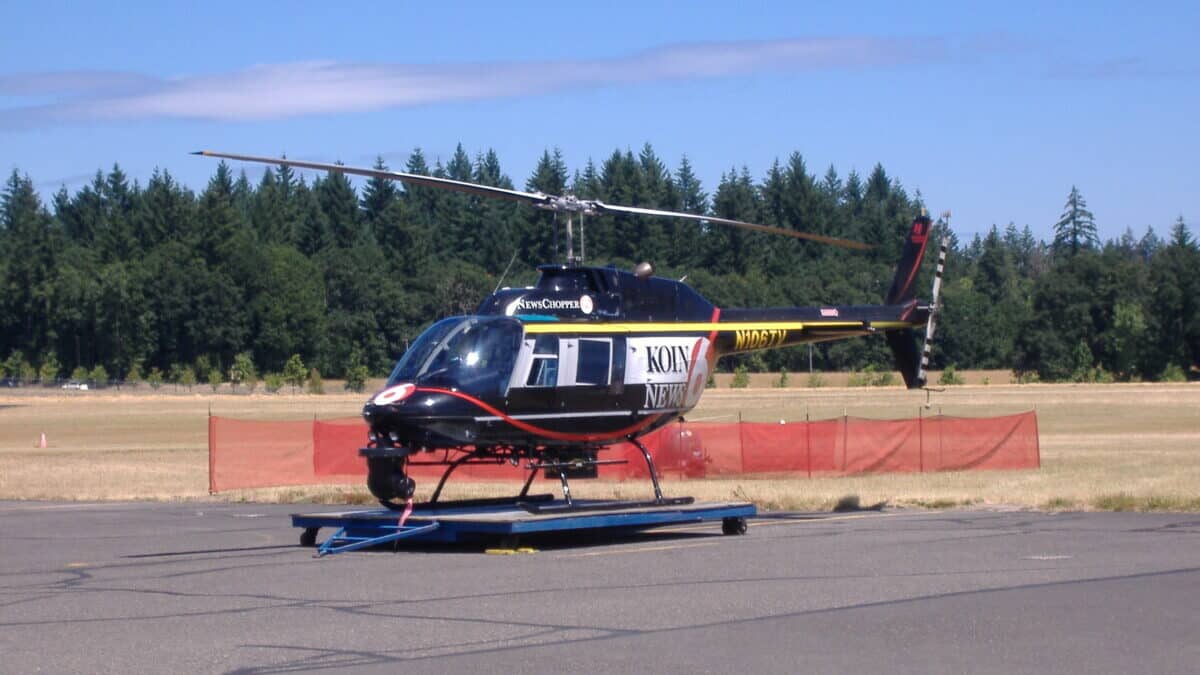
Flying news and TV helicopters for news stations over metropolitan areas. Usually flown with a camera operator/reporter onboard. Early starts to catch the morning rush hour and or late evenings to cover the evening rush hour with on-standby to cover events unfolding.
Minimum Hours:
500 hours to 3000 hours depending on the company
Certificates Required:
Commercial
Pay:
Between $50,000-$90,000
Typical Aircraft Flown:
Robinson R44, Bell 206, 407, Airbus H125
Tour Pilot
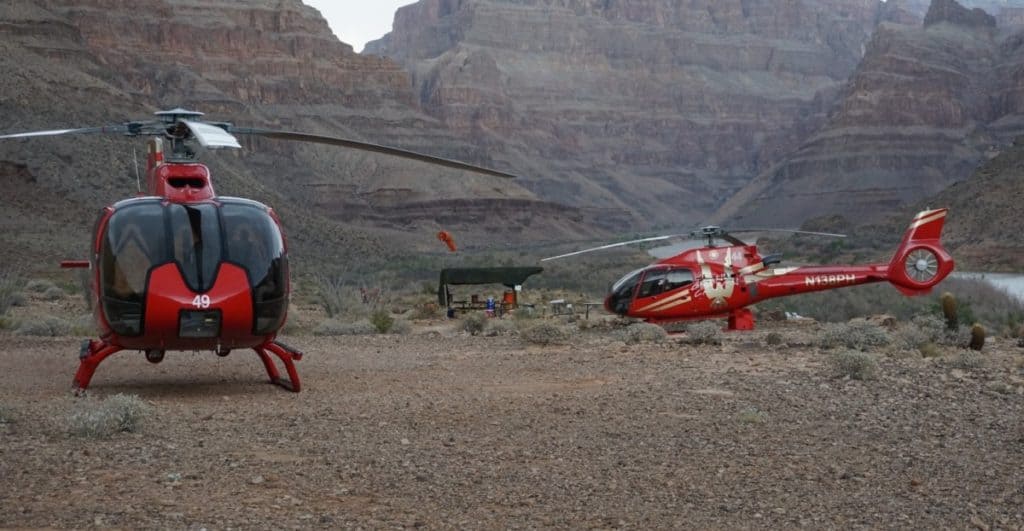
Flying paying passengers over some of the world’s most beautiful scenery and places of interest. Can involve long days of short 15 minute flights or longer flights lasting several hours with lunch or photo stops along the route. Can make some great tips off passengers!
Minimum Hours:
200 hours to 3000 hours depending on the company
Certificates Required:
Commercial
Pay:
200-500 Hour Pilot – Starting around $40,000
2,500-3,000+ Hour Pilot – Between $60,000-$80,000
Typical Aircraft Flown:
Robinson R44, Bell 206, 407, Airbus H125, H130

Join My Newsletter & Get Great Tips, Information and Experiences To Help You Become a Superb Pilot!
Agricultural Pilot
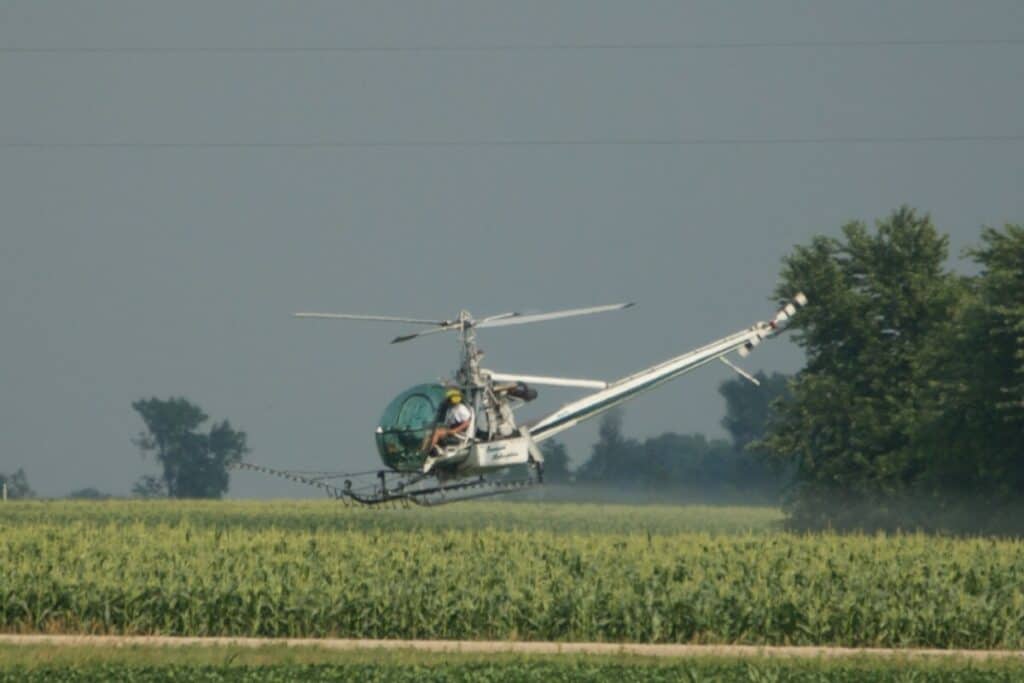
Much of this work involves low-level flight applying pesticides and herbicides to crops, using the rotorwash to protect fruits and seeds from frost, harvesting trees, and vegetation via helicopter, or moving wildlife during farming and conservation activities.
Minimum Hours:
500 hours to 2000+ hours depending on the company
Certificates Required:
Commercial
Pay:
500 Hour Pilot – Starting around $50,000
2,000+ Hour Pilot – Between $90,000-$130,000
Typical Aircraft Flown:
Robinson R44, Bell 206, Airbus H125, Hiller 12E, Aerospatiale SA315 Lama
EMS – Air Ambulance
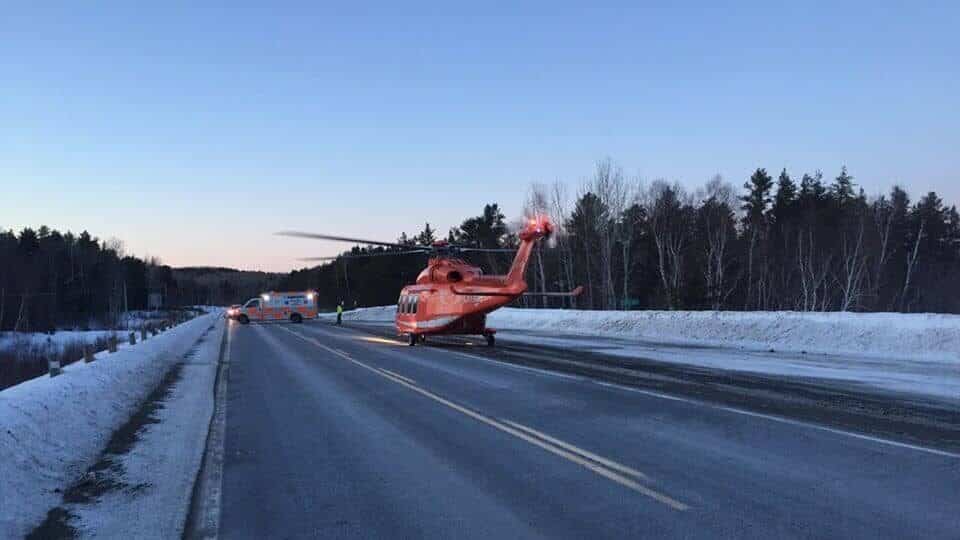
Flying day and night either as a single or twin pilot operation. Using the helicopter to transfer medical personnel to a scene in a short space of time or to allow a high level of patient care during transfers between facilities. EMS pilots are in short supply and companies are offering large bonuses of up to $40,00 for moving and filling positions in more remote locations at this time.
Minimum Hours:
1500 – 3000 Hours for Single-Pilot Operations depending on the company
3000 Hours For Two-Crew Captain
Certificates Required:
VFR – Commercial
SPIFR – Commercial, Instrument
DPIFR – Commercial, Instrument, ATP
Note:
SPIFR – Single Pilot IFR
DPIFR – Dual Pilot IFR
Pay:
VFR – Between $70,000-$115,000
IFR – Between $85,000-$115,000
Typical Aircraft Flown:
Bell 206L, 407, Airbus H125, H130, H135, H145, H155, Leonardo A109, AW139, AW169, Sikorsky S76
Learn More…
Try These Articles:
* Helicopter Pilot Careers: 20 Jobs a Pilot Can Do?
* Becoming a Helicopter Pilot: The Complete Cost Breakdown
Offshore Oil & Gas
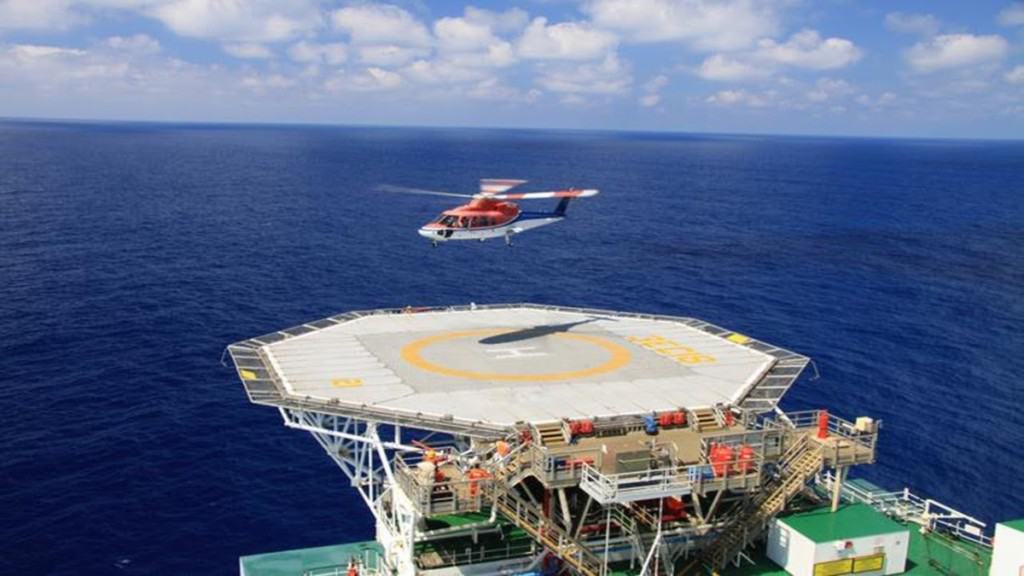
The aerial taxi of the seas. Offshore oil and gas transport comprises of flying workers from airport/heliport terminals out to their rigs or vessels. You will also be tasked with moving workers around the field from facility to facility. A vast cross-section of aircraft is used so it is a great way to build experience in various aircraft as you progress through your career.
Minimum Hours:
1500 Hours for Two-Crew First Officer or Single-Pilot Operations
3000 Hours for Two-Crew Captain
Certificates Required:
VFR – Commercial
IFR – Commercial, Instrument, or ATP
Pay:
VFR – Between $45,000-$115,000
IFR – Between $85,000-$150,000
Typical Aircraft Flown:
Bell 206L, 407, 412, Airbus H125, H130, H135, H145, H155, H175, H225, Leonardo A109, AW139, AW169, Sikorsky S76, S92
Law Enforcement
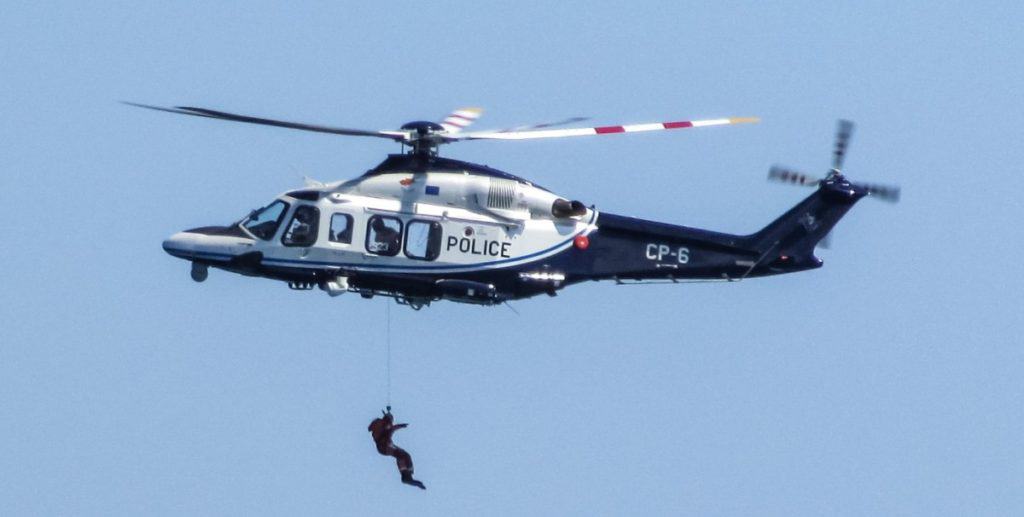
Providing aerial services to personnel on the ground using day/night video camera technology, searchlights to illuminate large areas at night, providing overhead inspections and photography for scenes of interest, search & rescue, and providing overwatch to ensure ground crew safety.
Minimum Hours:
500 – 1500 Hours for Two-Crew First Officer or Single-Pilot Operations depending on the department
3000 Hours for Two-Crew Captain
Certificates Required:
VFR – Commercial
IFR – Commercial, Instrument, or ATP
Pay:
VFR – Between $70,000-$100,000
IFR – Between $85,000-$175,000
Typical Aircraft Flown:
Robinson R44, R66, Bell 206L, 407, 412 Airbus H125, H120, H135, H145, H155, Leonardo A109, AW139, AW169, MD 500, 902
Utility & Construction
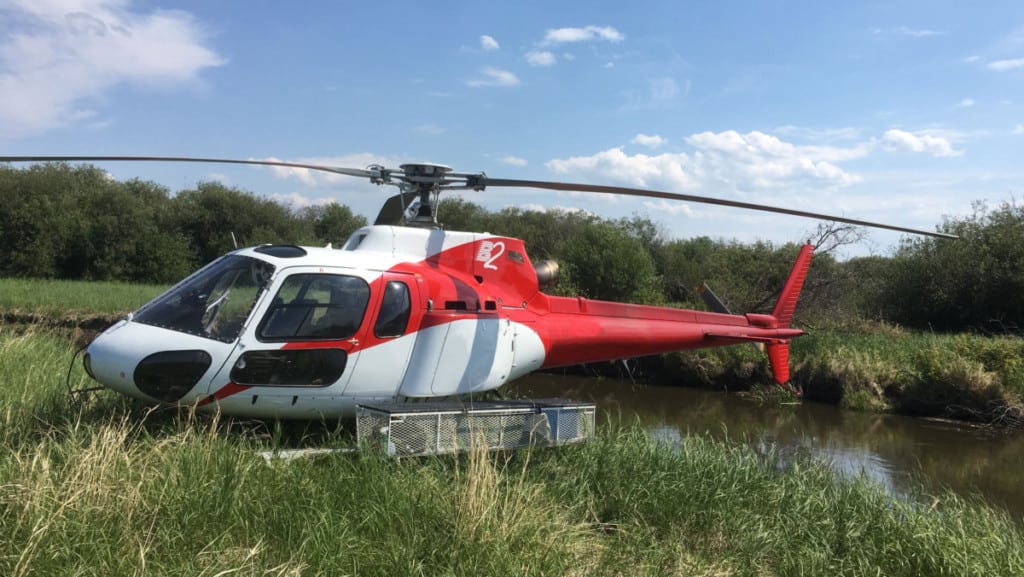
One of the widest varieties of work a helicopter can do. Moving crews and materials using the aircraft as a taxi and a crane to inaccessible locations. One minute working with archeologists scoping out an area, the next minute doing a low-level pipeline patrol, to the next minute slinging a 2000lb engine for a core-sampling drill, or moving 20,000lb tree trunks off a mountainside.
Minimum Hours:
500 hours to 4000+ hours depending on the company
Certificates Required:
Commercial
Pay:
$50,000-$150,000
Typical Aircraft Flown:
Robinson R44, R66, Bell 205, 206, 407, 212, 412, Airbus H125, H120, H135, H145, MD 500, 902 Sikorsky S61, S64
Fire Fighting
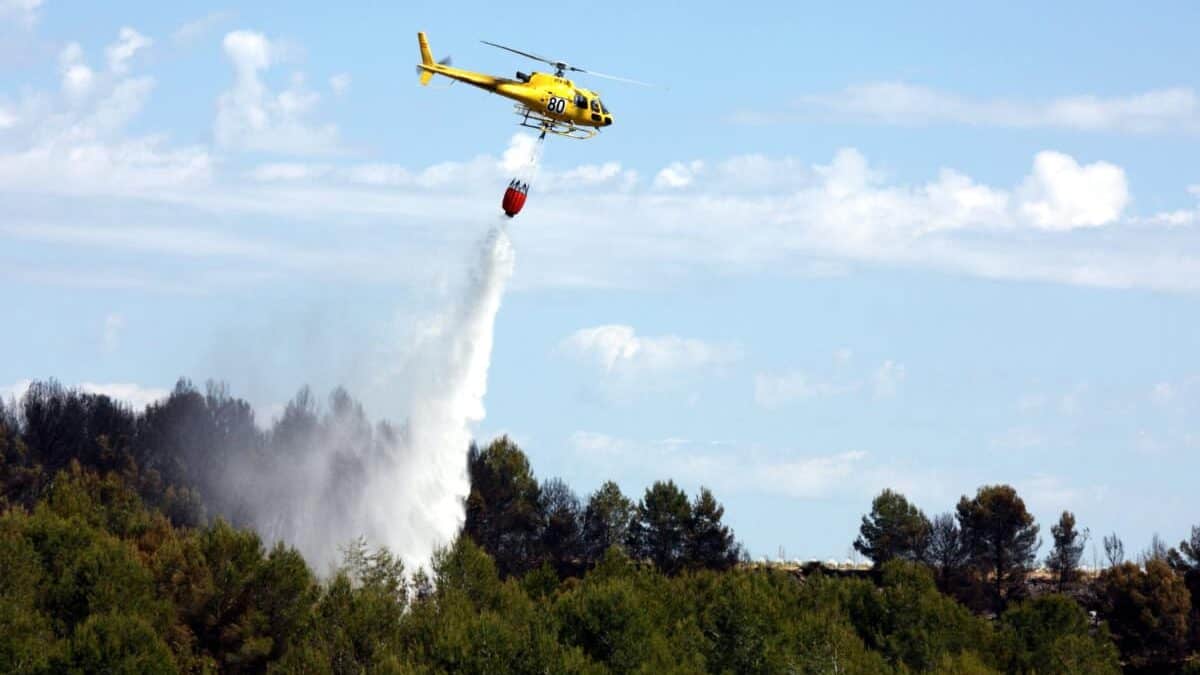
Using helicopters to apply water, foam, and retardants to wildfires to assist ground crews in controlling, steering, holding, or extinguishing wildfires. Moving fire crews, supplies, food, and camps around the fires and providing aerial oversight for supervisors and management during and after an active fire.
Minimum Hours:
1500 for USDA Carding
Certificates Required:
Commercial
Pay:
$50,000-$175,000
Typical Aircraft Flown:
Bell 205, 407, 212, 412, Airbus H125, H225, MD 500, Sikorsky S61, S64, S70, Boeing CH-47
Corporate & VIP
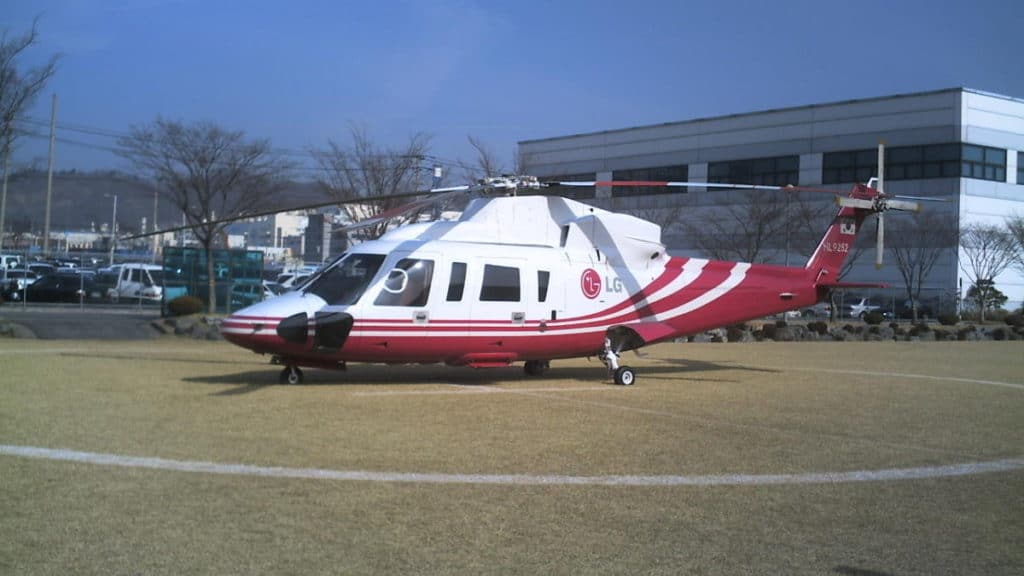
Minimum Hours:
500 – 3000 Hours for Two-Crew First Officer or Single-Pilot Operations depending on the company
3000 – 5000 Hours for Two-Crew Captain
Certificates Required:
VFR: Commercial
IFR: Commercial, Instrument, or ATP
Pay:
VFR – Between $60,000-$100,000
IFR – Between $70,000-$175,000
Typical Aircraft Flown:
Bell 407, 412, 429, Airbus H125, H120, H135, H145, H155, Leonardo A109, AW139, AW169, MD 902, Sikorsky S76, S92
Learn More…
Try These Articles:
* Skills Needed To Become a Pilot? – A Flight Instructors Perspective
* How Long Does It Take To Become A Helicopter Pilot? – Your Guide

